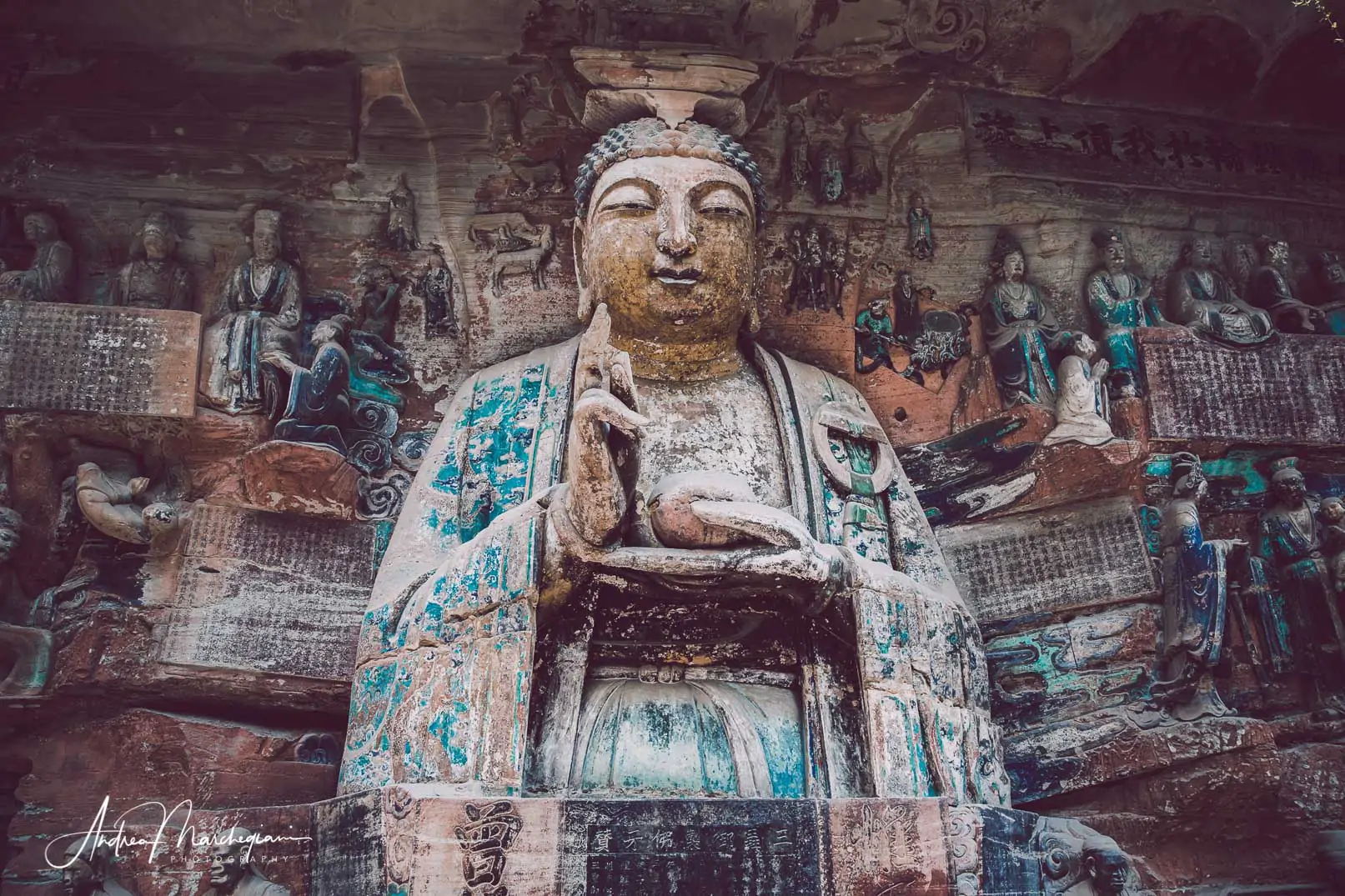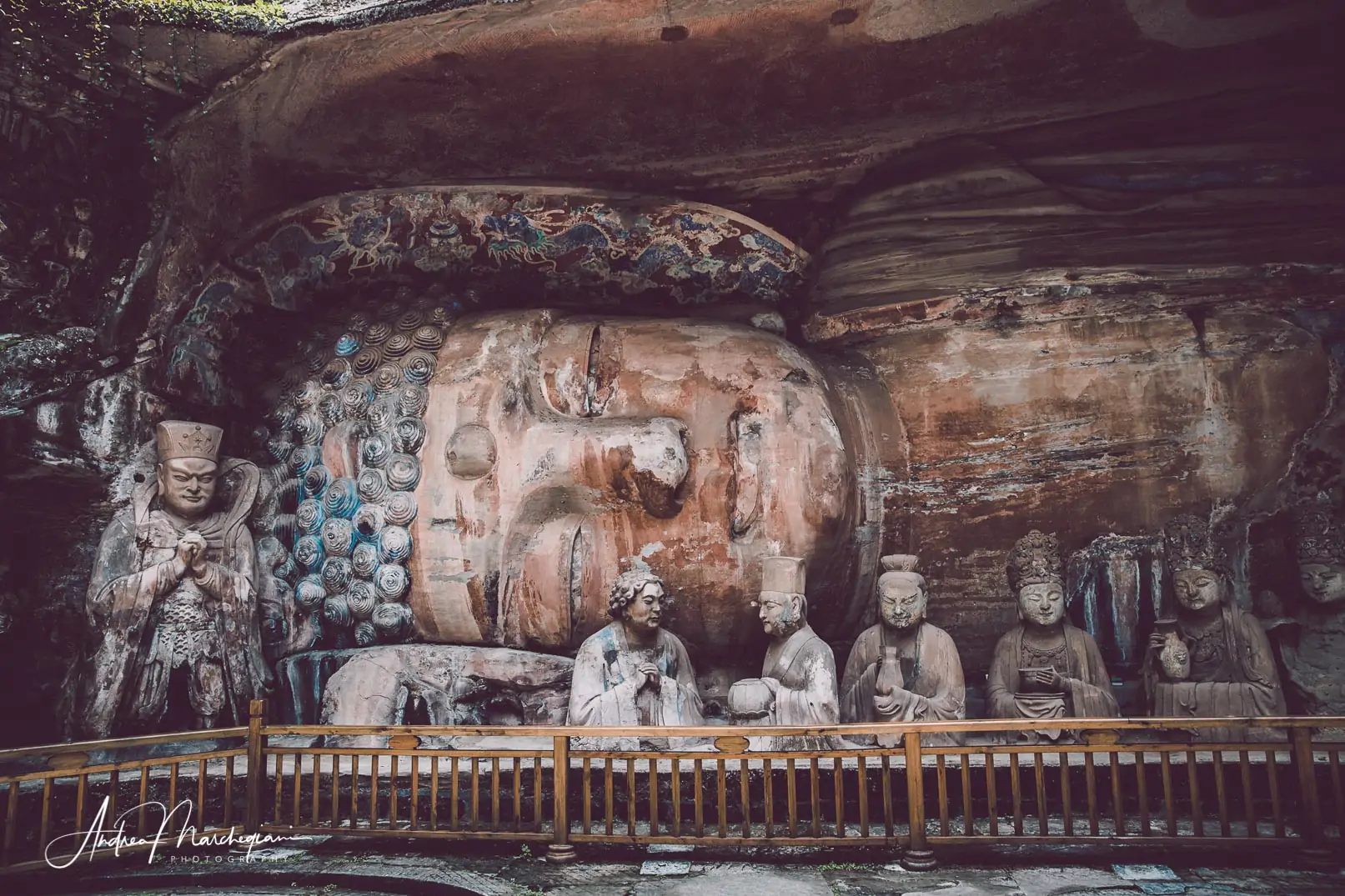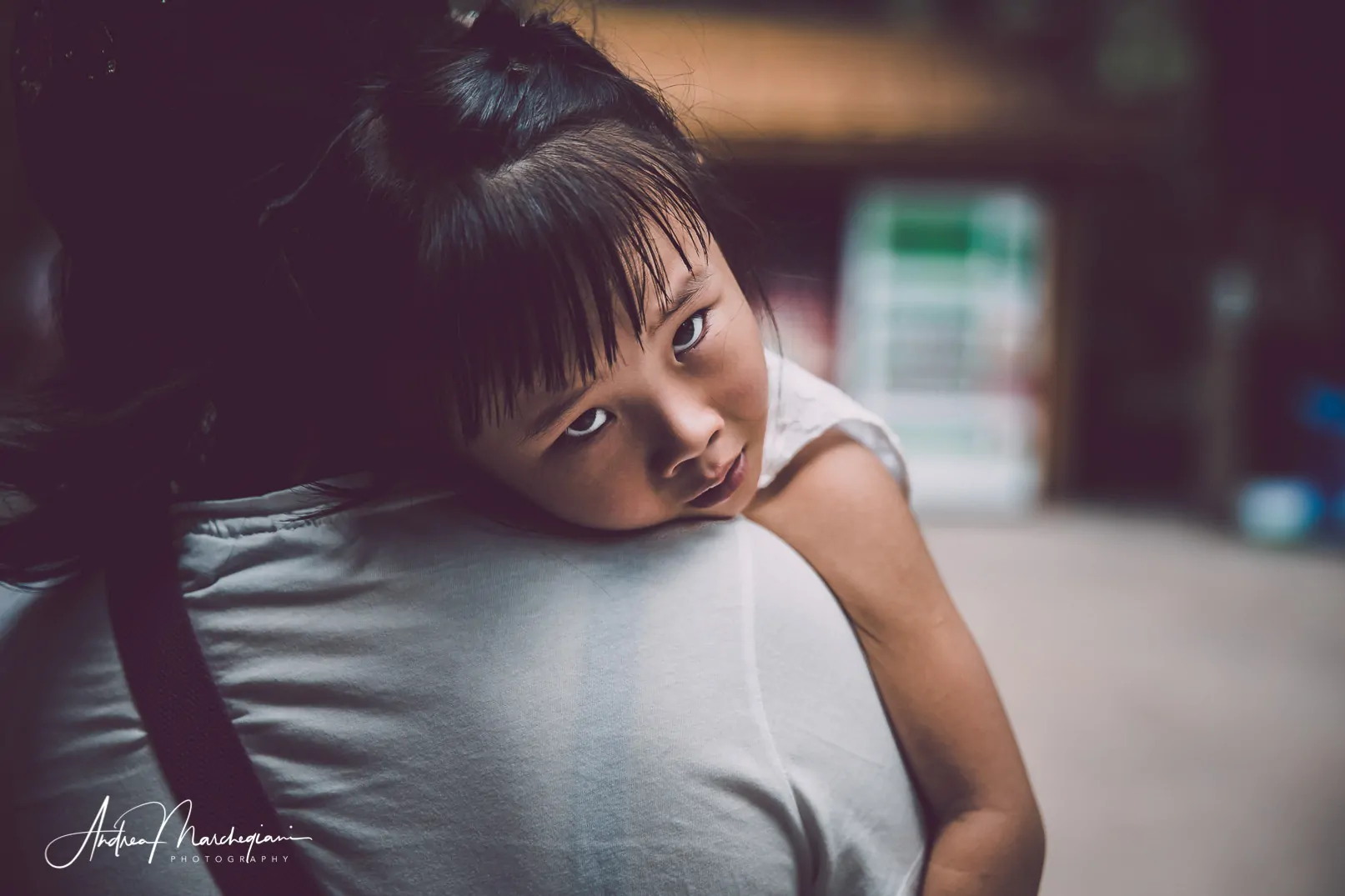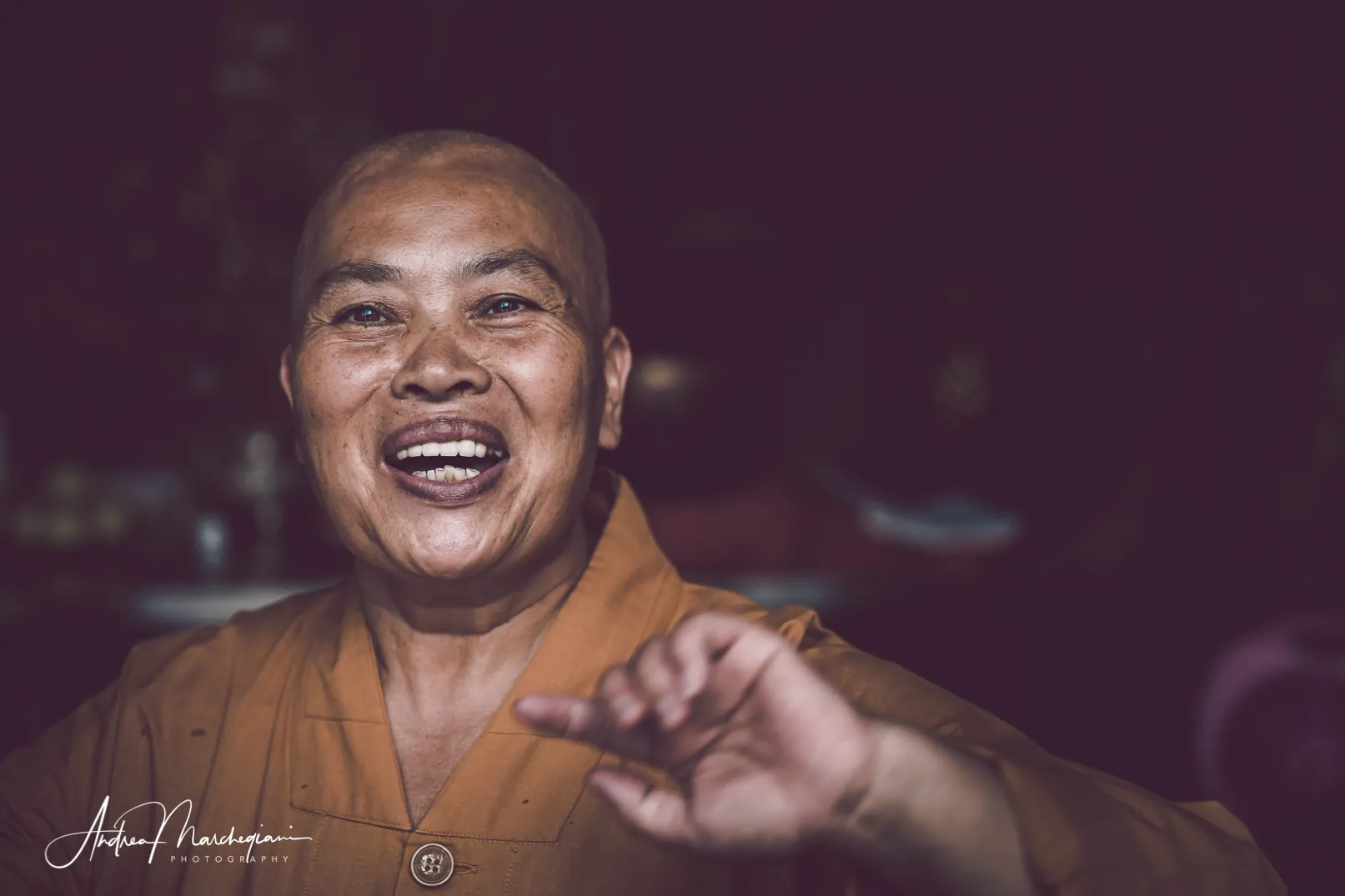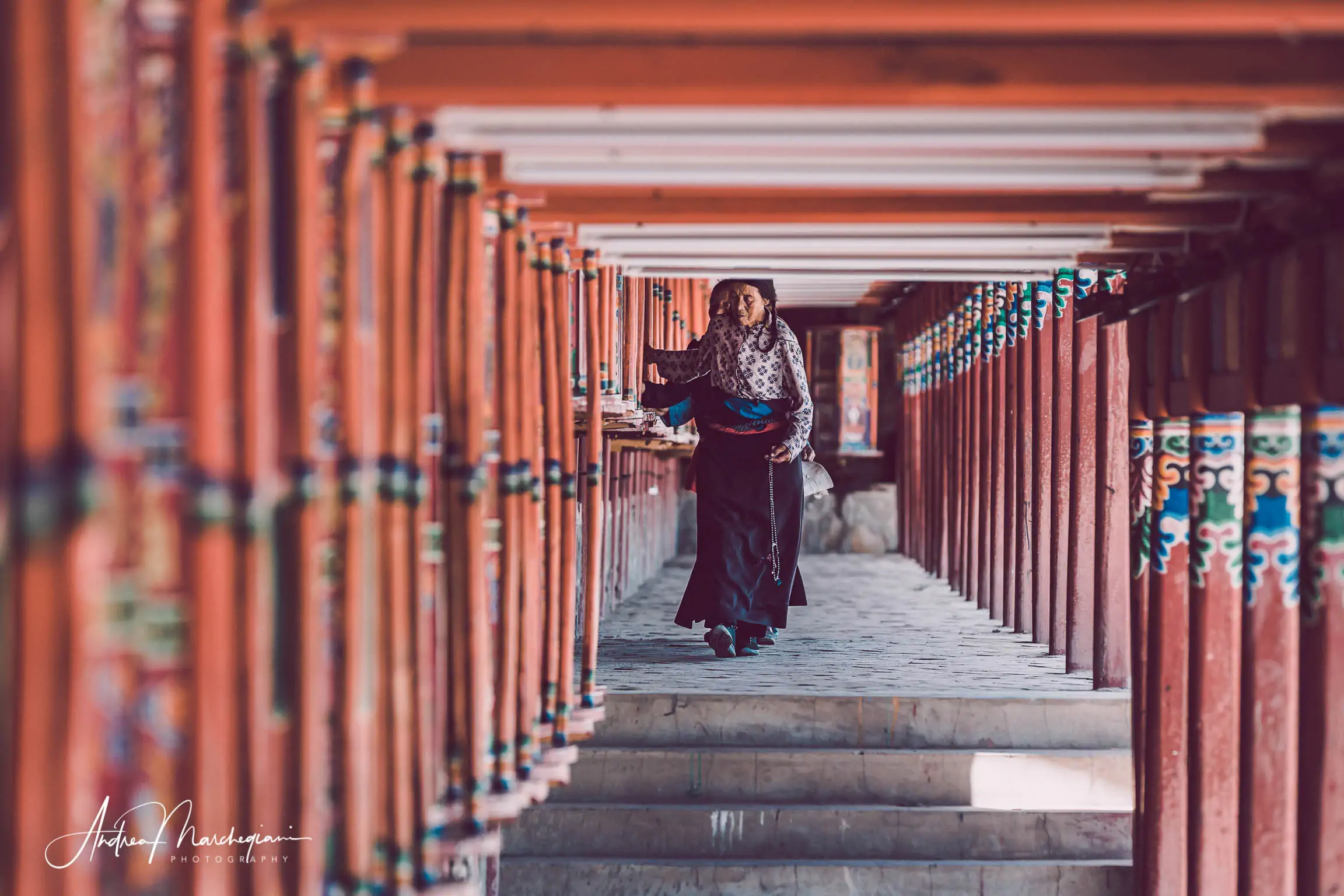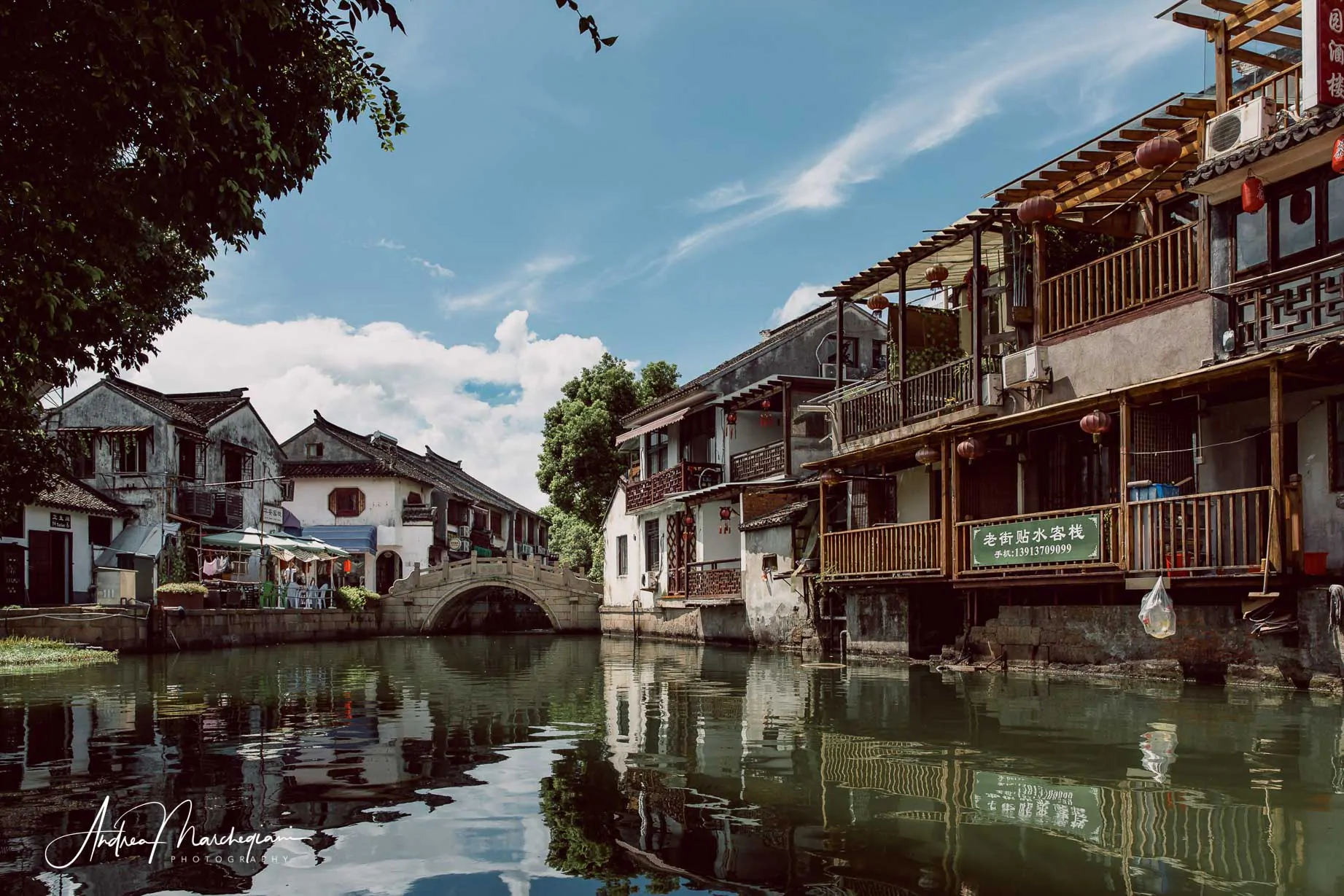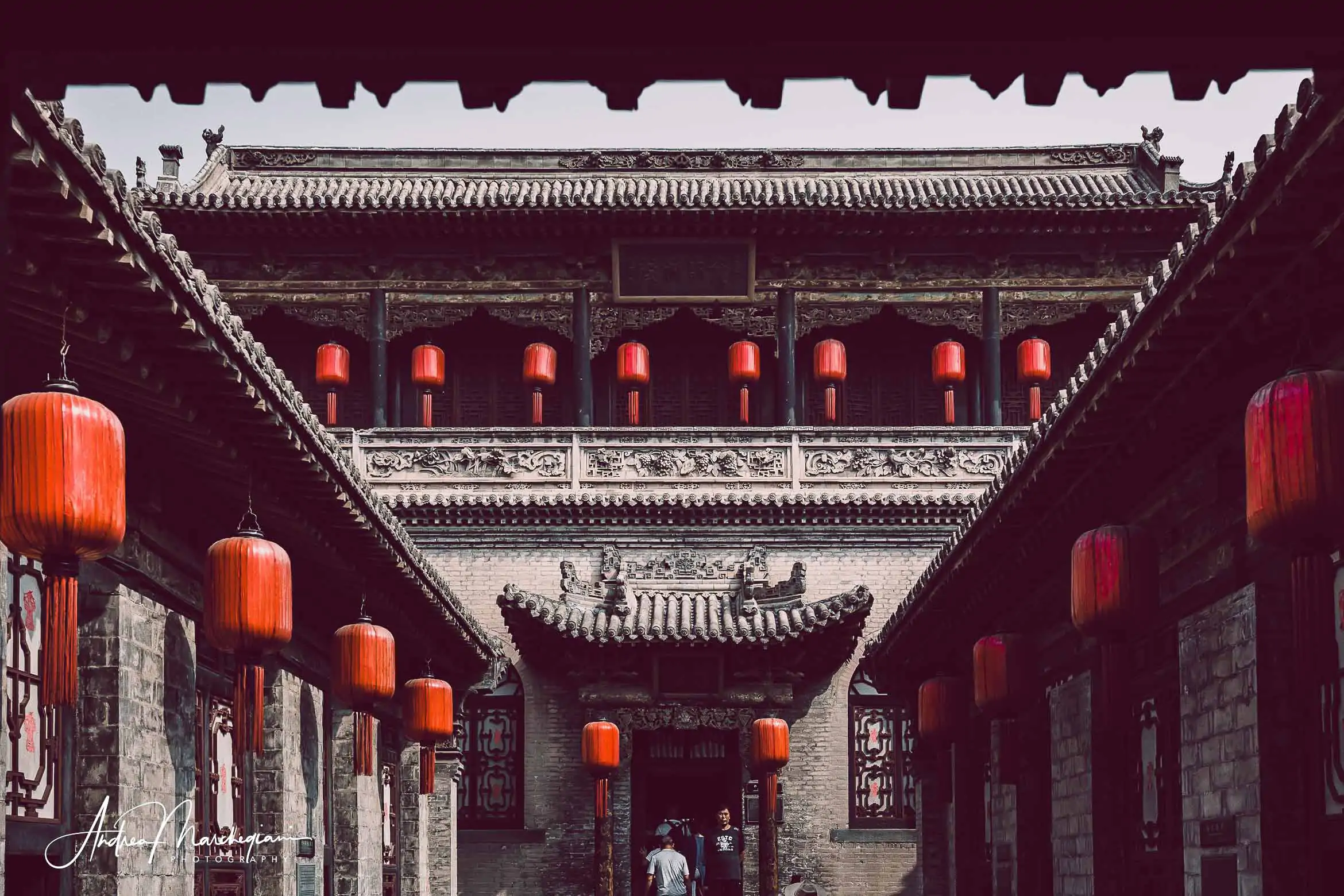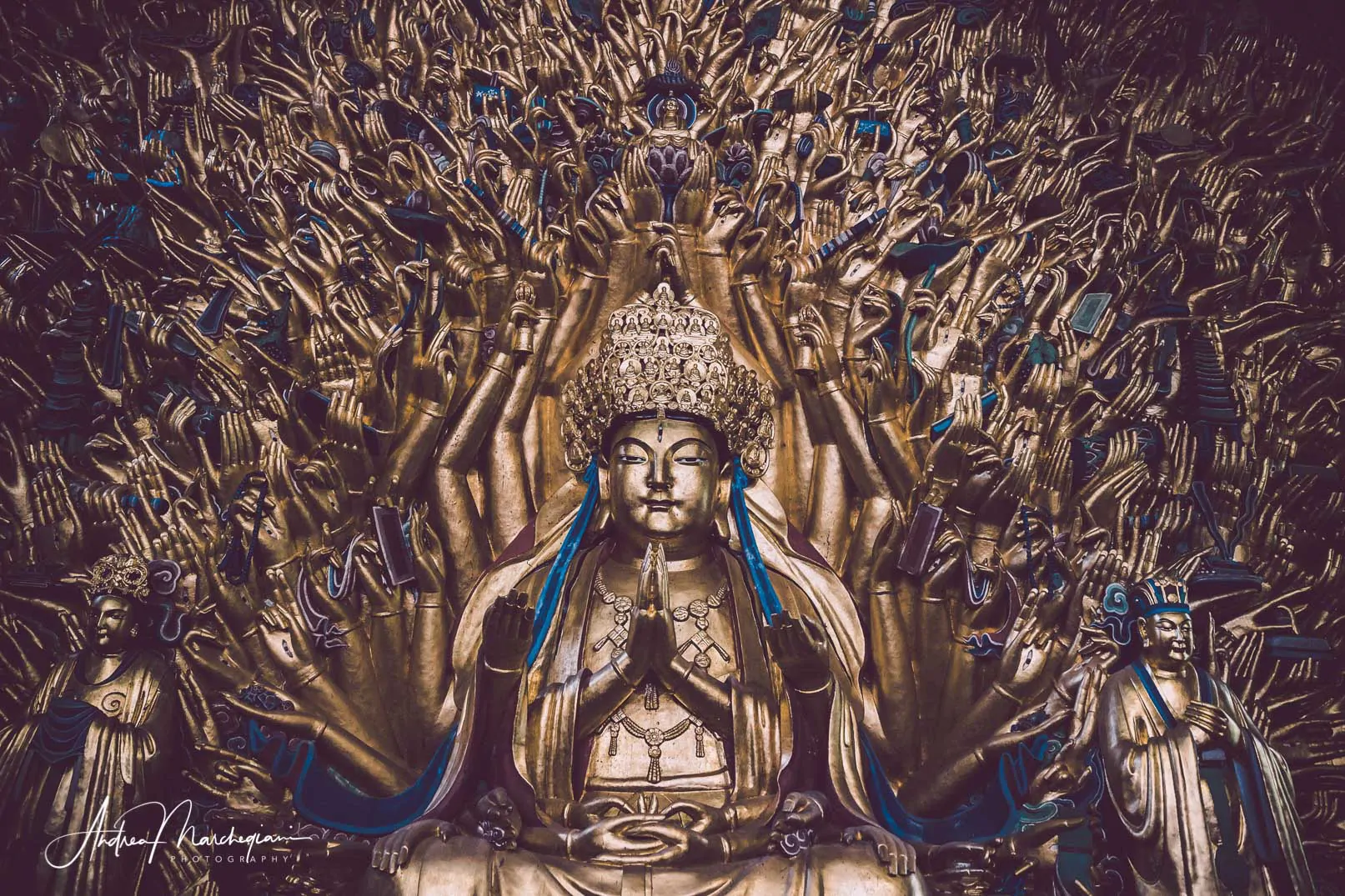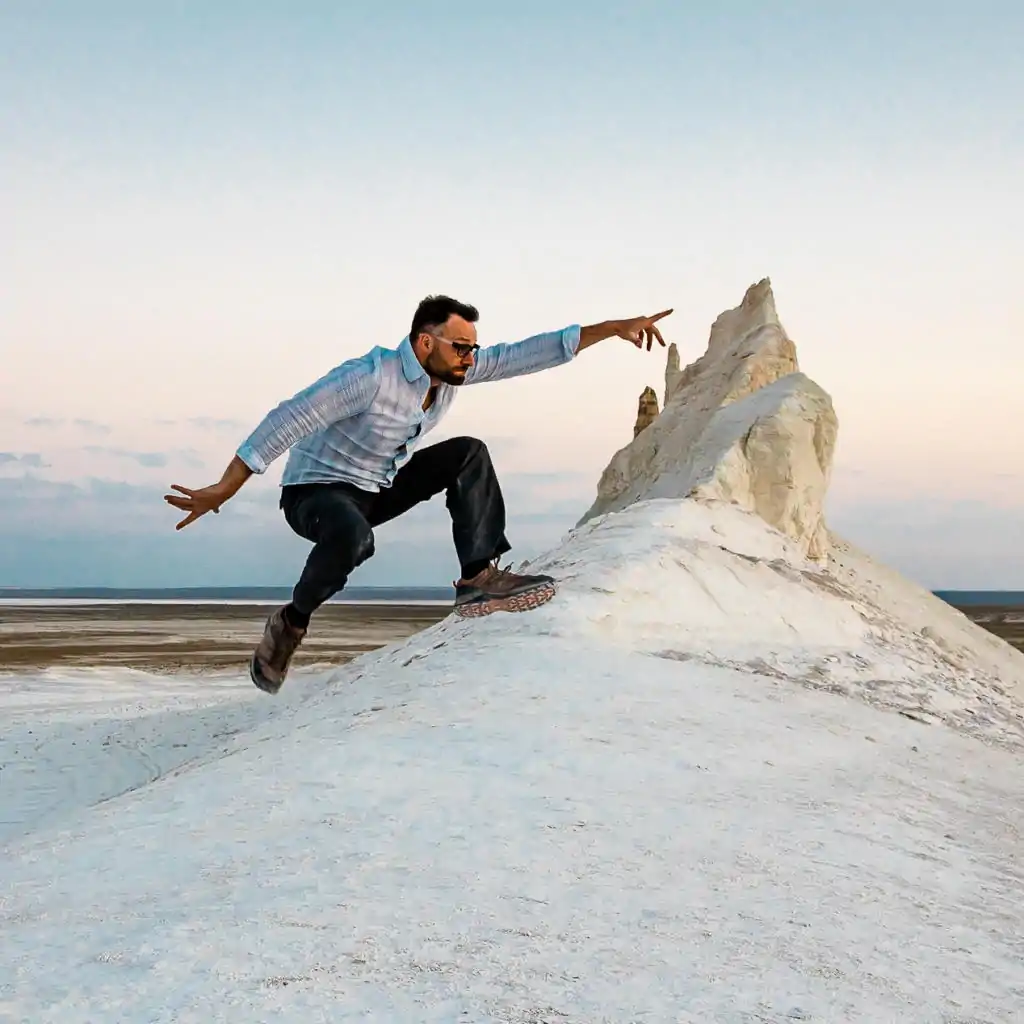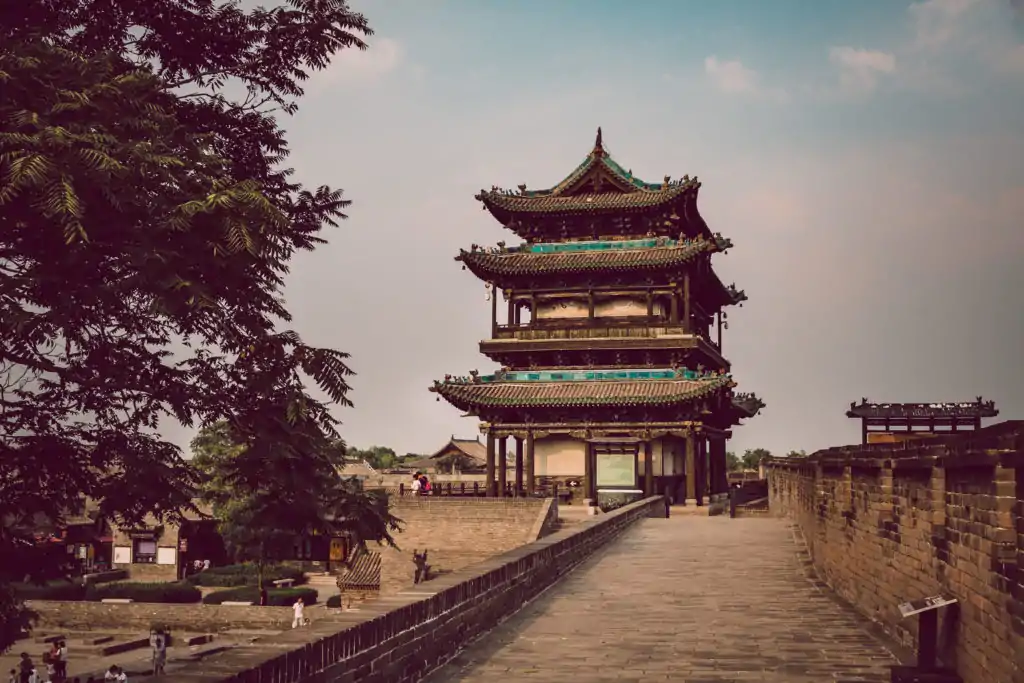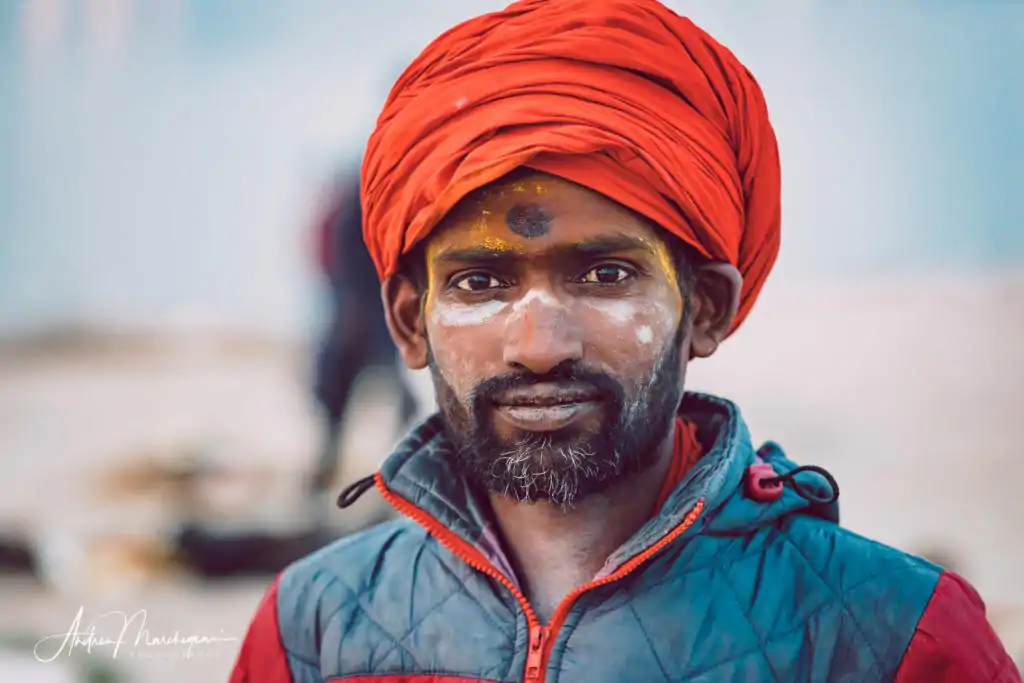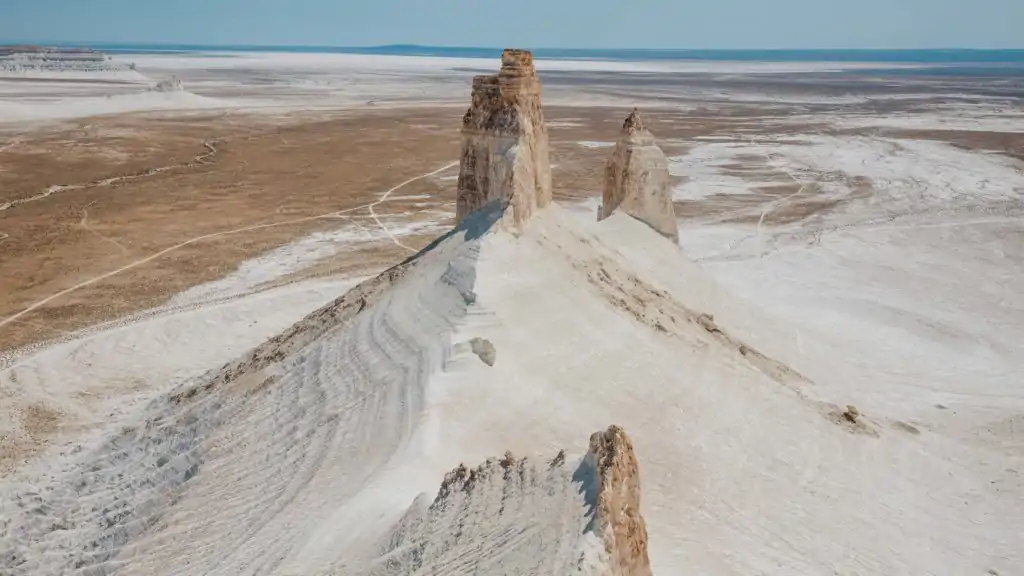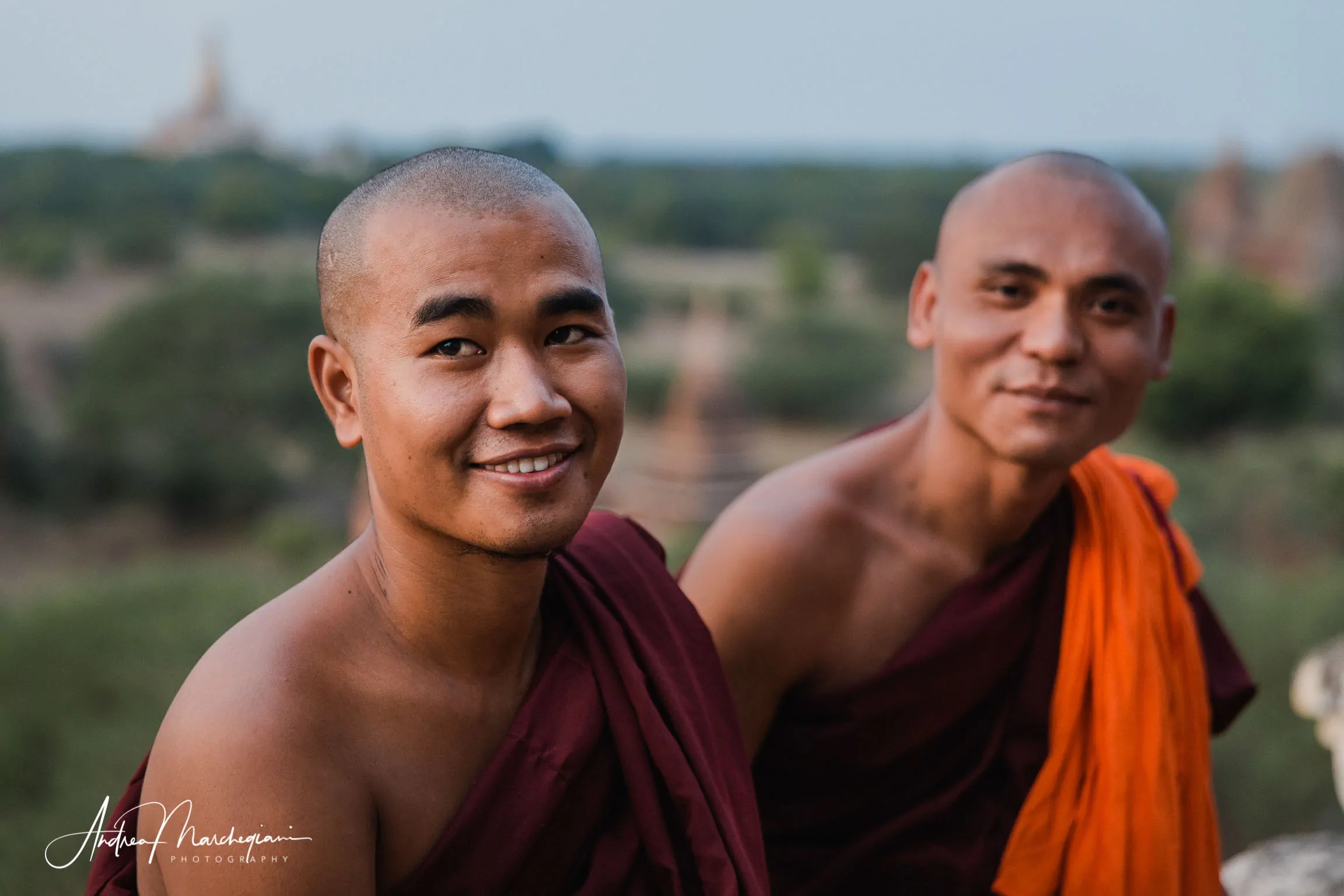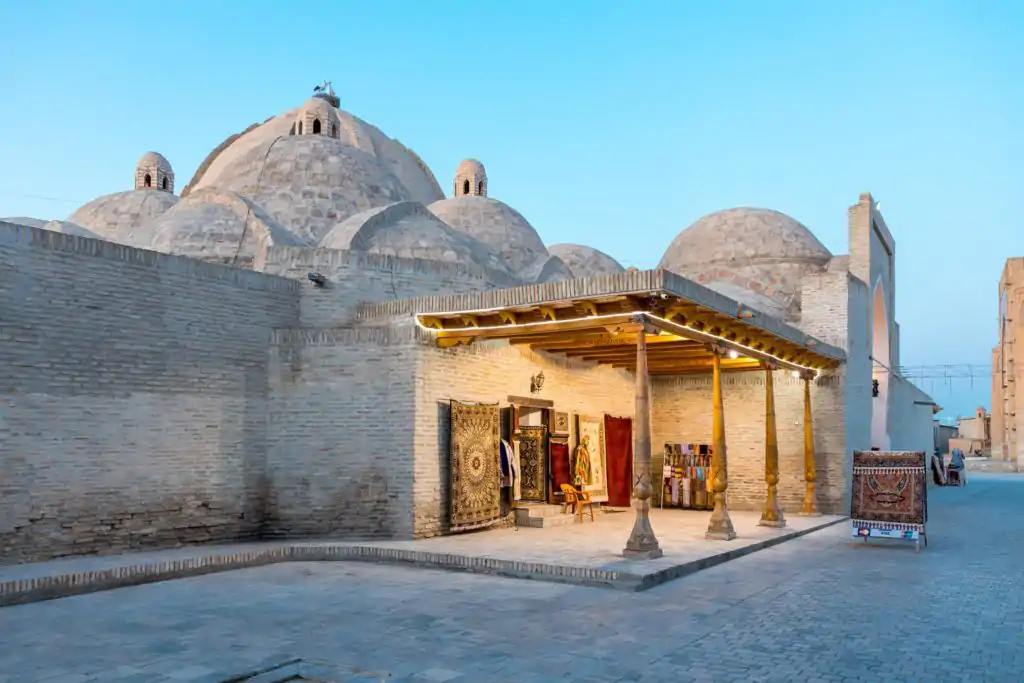
- Home
- Photo Galleries
- Portrait Photography
- Landscape Photography
- Street Photography
- China
- Ethiopia
- India
- Holy Ganges
- Varanasi
- Varanasi Ganga Aarti
- Varanasi, Manikarnika Ghat
- Varanasi Streets & Alleys
- Varanasi Demolition
- Varanasi Fruit Market
- Sarnath
- Brick Kilns
- Tamil Nadu, Chennai & Mamallapuram
- Tamil Nadu, Fort Tirumayam & Madurai
- Tamil Nadu, Tiruvannamalai & Thanjavur
- Kerala, Munnar
- Kerala, Peryiar
- Kerala, Backwaters
- Kerala, Kochi
- Kazakhstan
- Myanmar
- Senegal
- Uzbekistan
- Travel Blog
- China
- Ethiopia
- India
- Tamil Nadu & Kerala
- Varanasi
- Whato to do in Varanasi
- Varanasi Life along the Ghats
- Varanasi Death along the Ghats
- Varanasi Ganga Aarti Ceremony
- Varanasi demolished to honor Shiva
- Varanasi Fruit Market
- “Varanasi, A Journey into the Infinite”
- Sarnath
- All about River Ganges
- Holy Shit. All about Indian Cow Dung
- Clean India Project
- Brick factories
- Tilaka, pundra, bindi: what is the mark on Indian foreheads?
- Kazakhstan
- Mongolia
- Ulaanbaatar, the coldest capital in the world
- What to do in Ulaanbaatar
- Chinggis Khan Museum, 6 floors of Mongolian history
- Gorkhi-Terelj National Park and Bodgkhan Natural Reserve
- Altai Mountains, Things to do in Olgii and Sagsai
- Living with the Eagle Hunters
- Sagsai Eagle Festival
- Navrus Festival
- Xöömej, Mongolian throat singing
- Mongolian Food
- Myanmar
- Senegal
- Uzbekistan
- Latest Posts
- Photography Blog
- About
- Prints
“If you want to get enlightenment, you don’t have to study countless teachings. Just go into one. What? Great compassion. Anyone who has great compassion has all the qualities of the Buddha in the palm of his hand. “
– Gautama Buddha
Share with your friends:
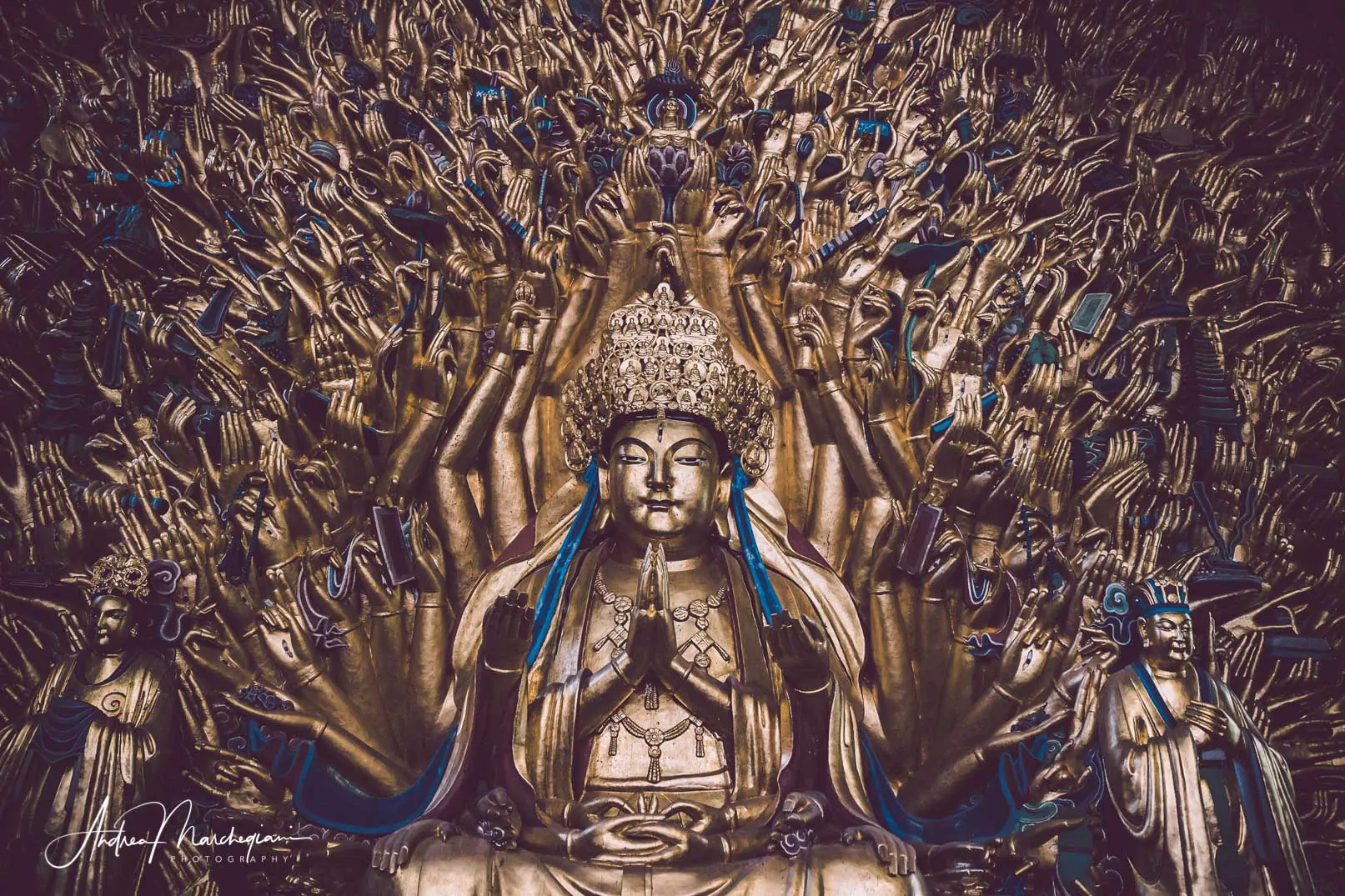
Dazu Rock Carvings
The statues of Dazu are a series of religious sculptures dating from the 7th century A.D. scattered in the hills around Dazu, near Chongqing.
Realized as devotional tributes, they represent images of Confucianism, Buddhism and Taoism. Chinese lives have been shaped for over a millennium through the words of Gautama Buddha, Confucius’ behavioral principles and Taoist mysticism.
The very idea there is a religious site where these three different beliefs coexist, mixing, is exciting. And its dimensions are surprising: over the course of over two centuries, prefects, monks, nobles and common people have carved into the rock over 50,000 statues with over 100,000 inscriptions and epigraphs. In 1999, the statues of Dazu were listed as a UNESCO World Heritage Site.
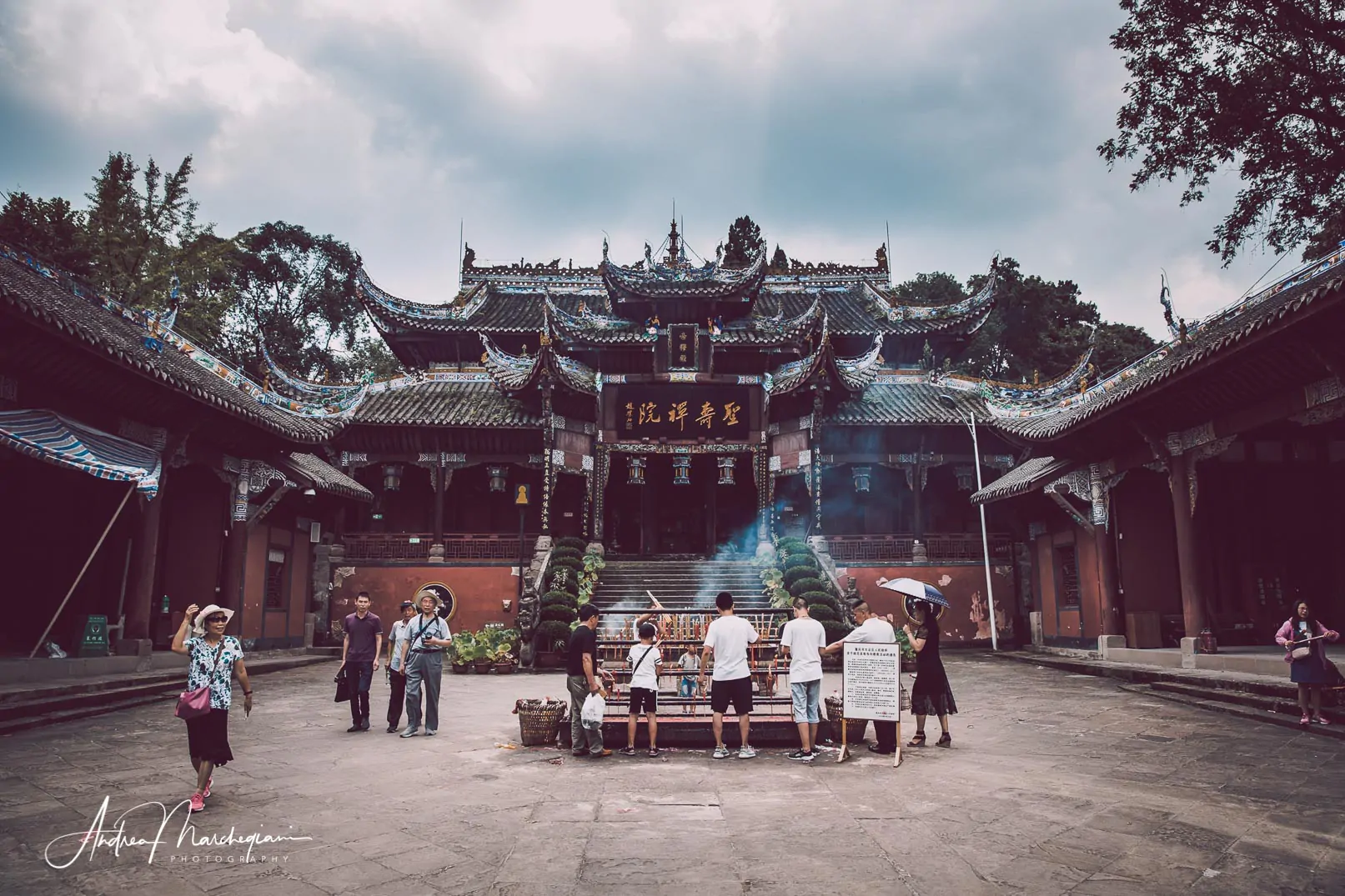
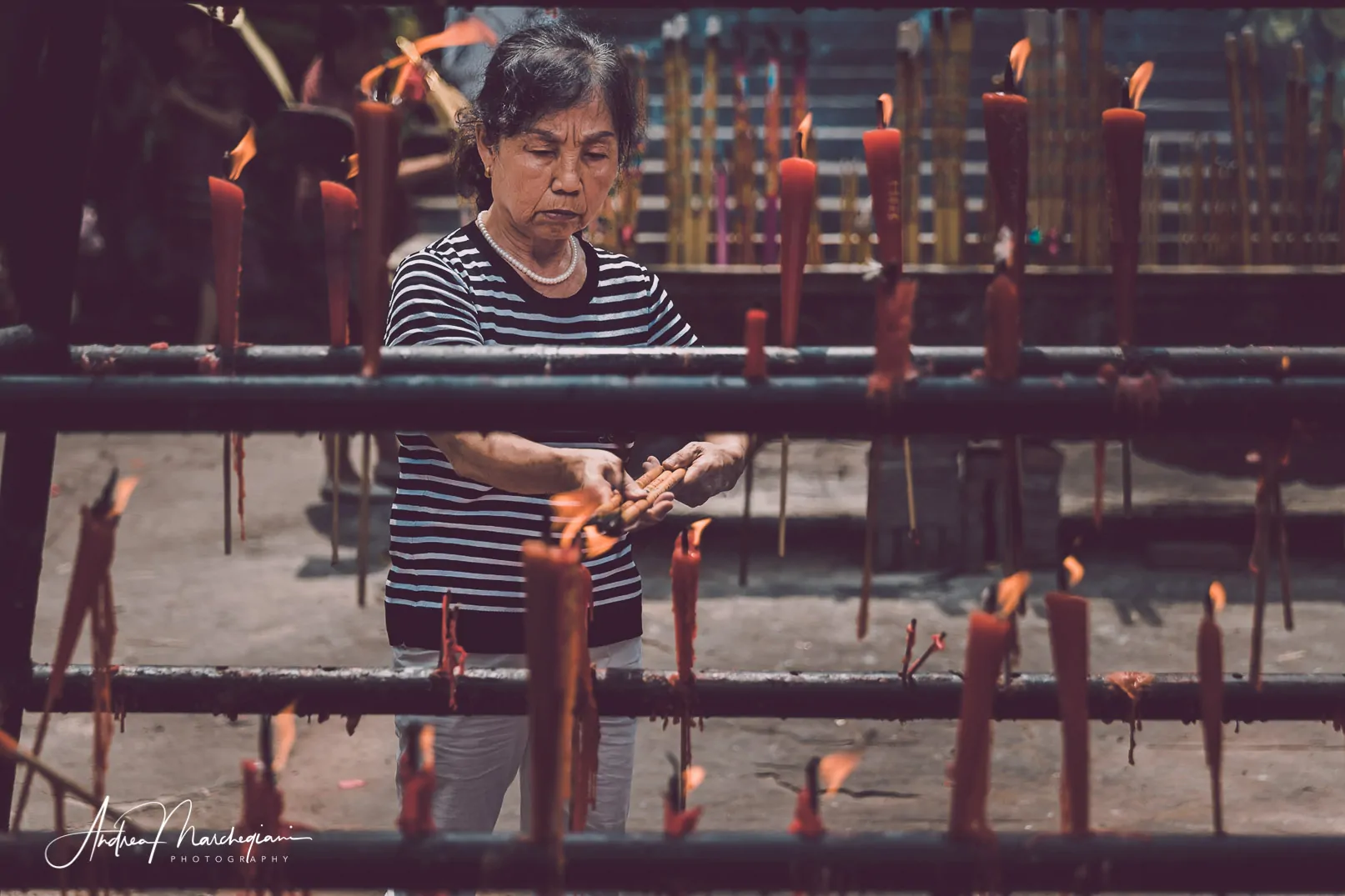
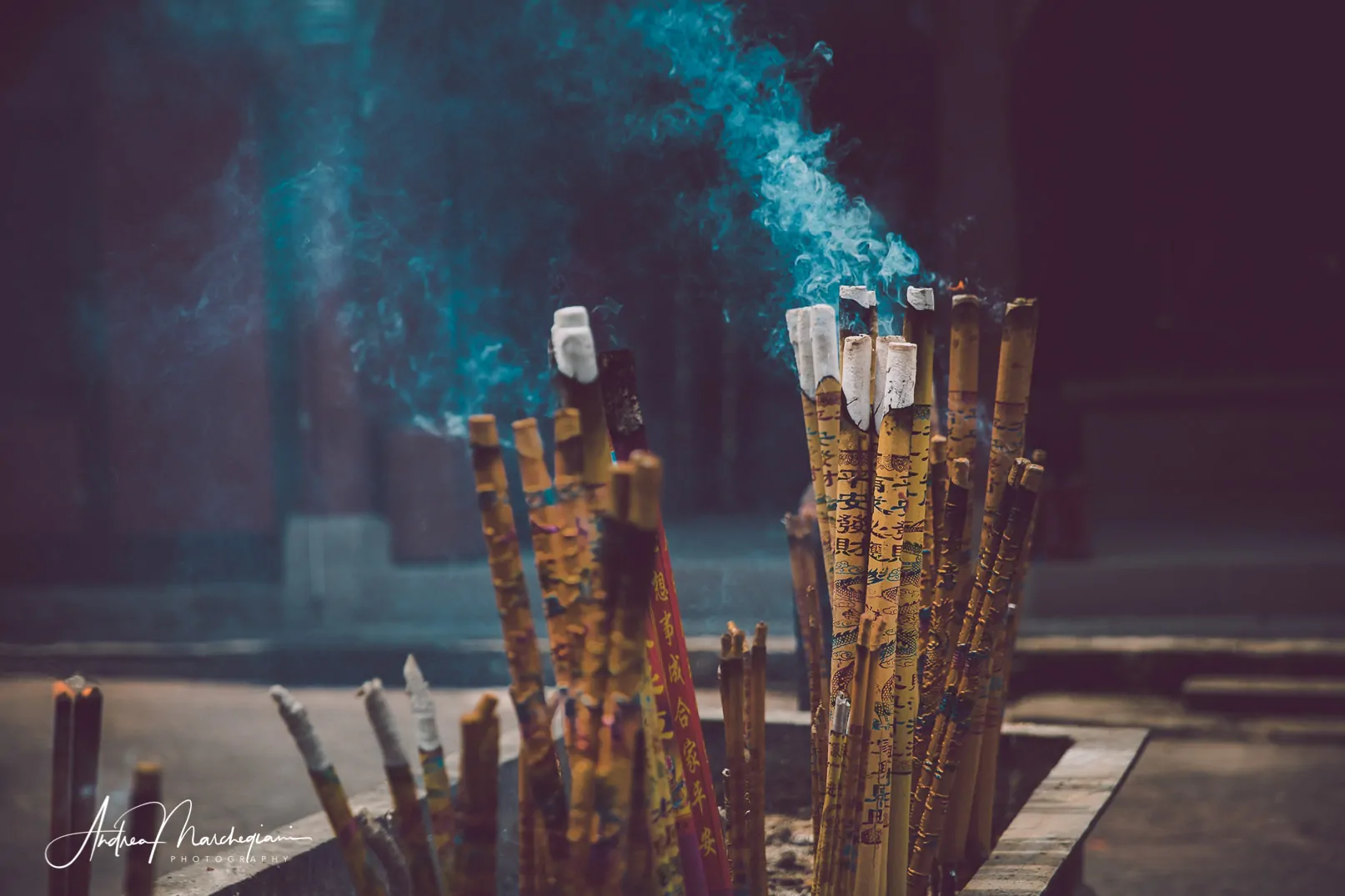
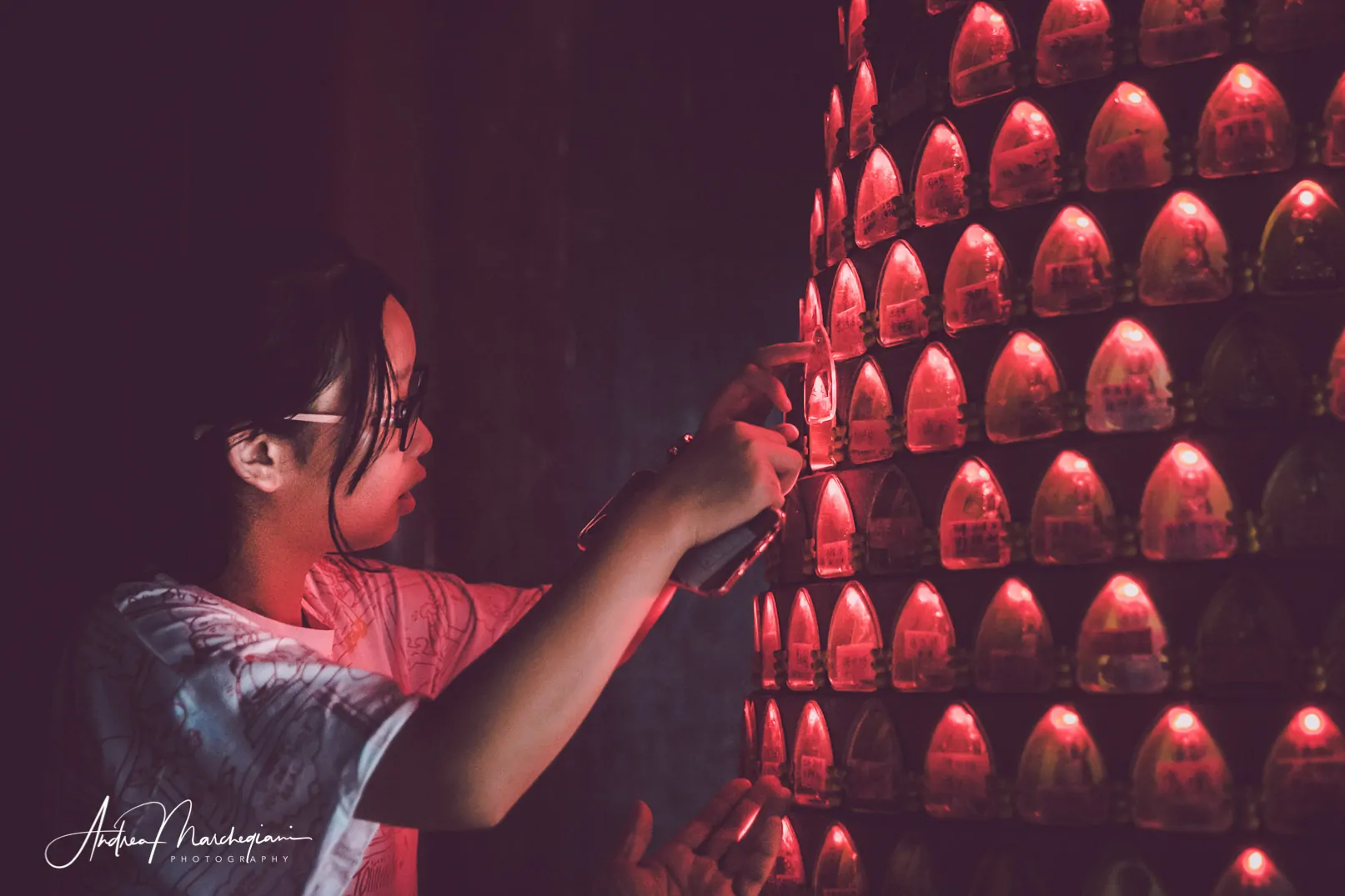
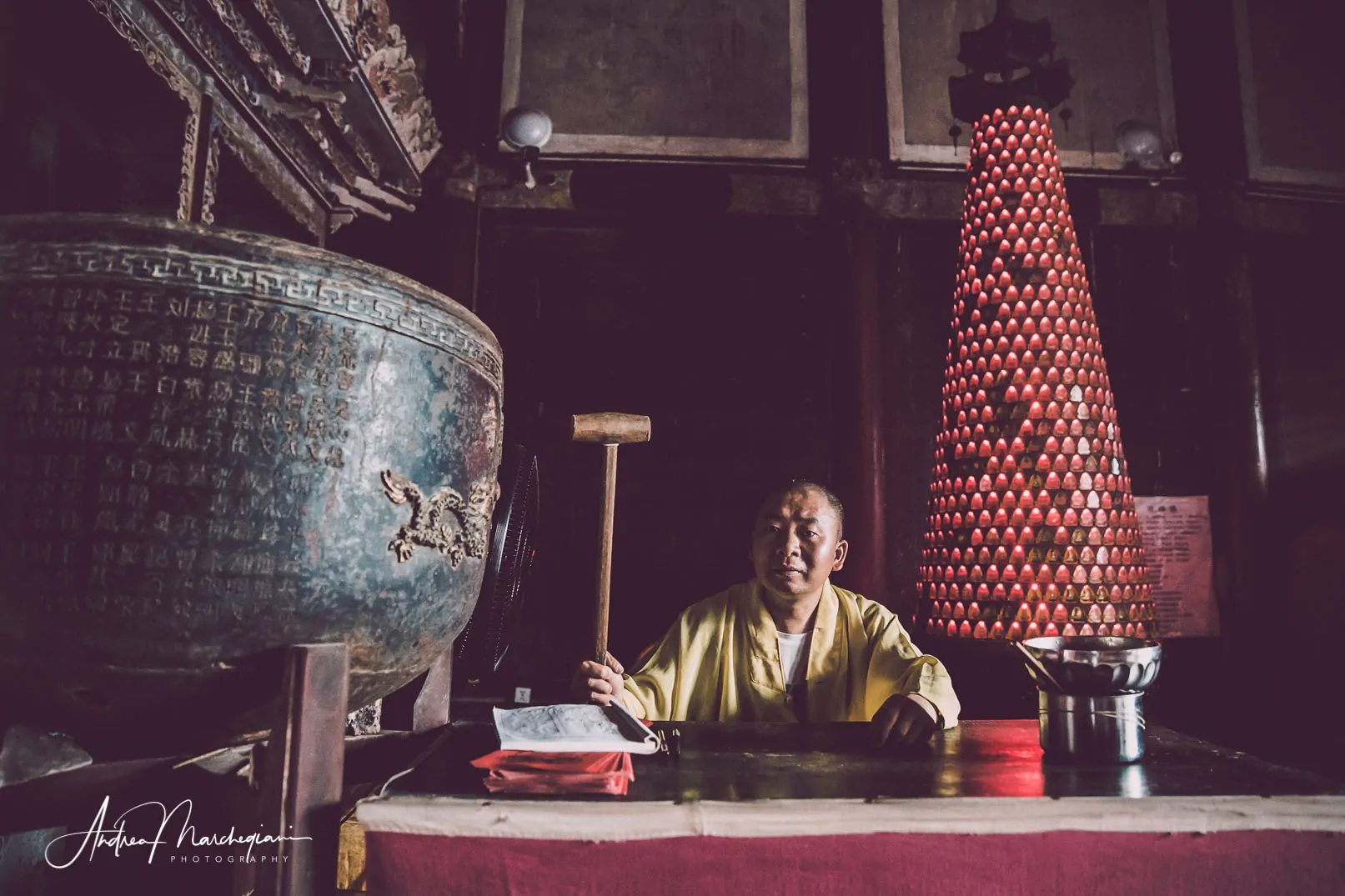
Guan Yin, the Goddess of Mercy
I visit the caves with curiosity and fascination, until I arrive in front of the suggestive statue of the Goddess Guan Yin, perhaps the most famous of the site. After a long and complex restoration, lasting 8 years, the statue was reopened to the public in 2015.
Guan Yin literally means “she who looks at the sound (of the cries of the world)” and is the Buddhist deity of mercy. Her thousand hands and eyes are stretched out to the faithful, ready to take on the suffering of the world.
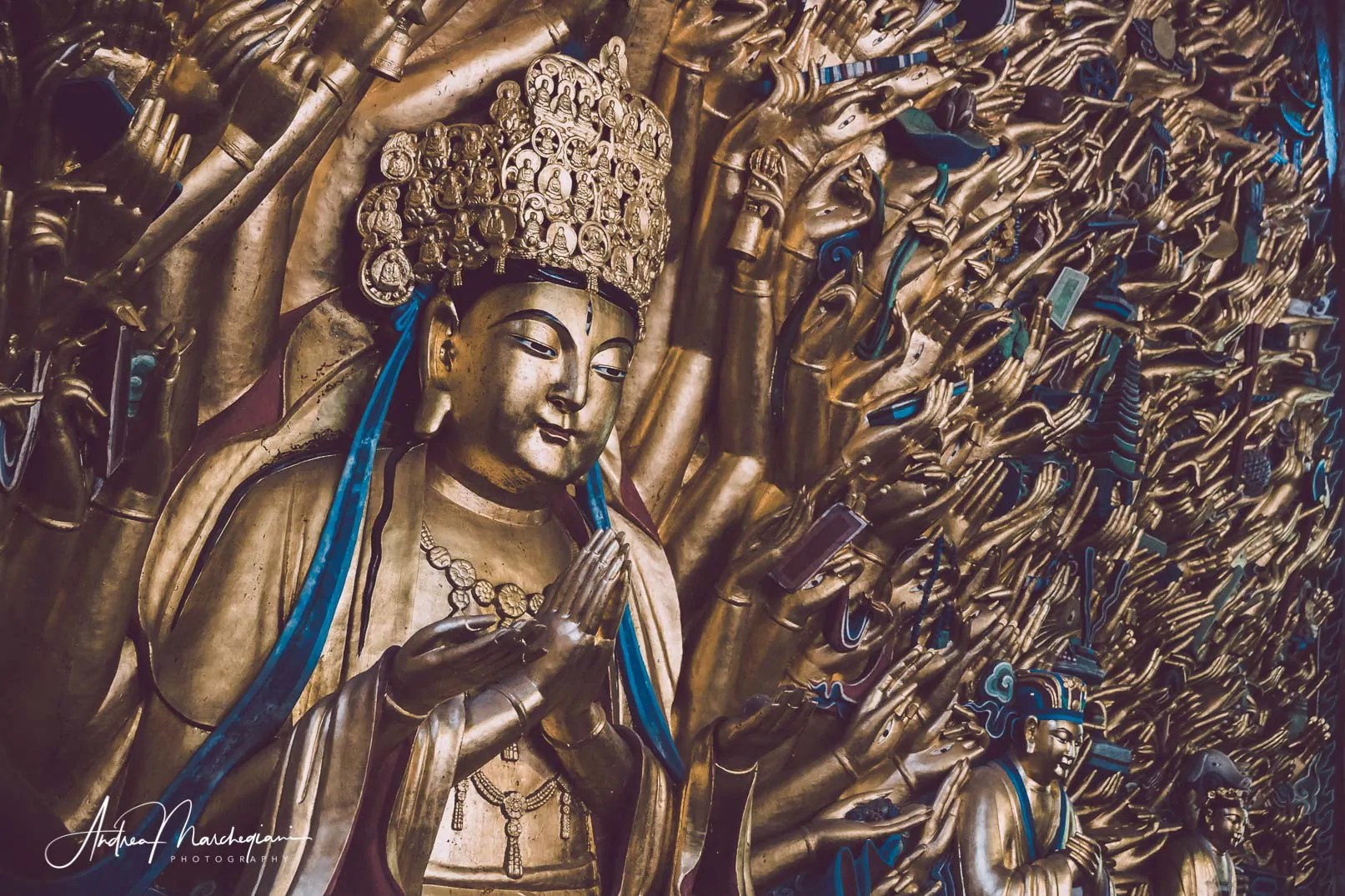
The legend of Guan Yin
The legend goes back two thousand years and tells of a king who had three daughters. His greatest desire was to marry them profitably. But Miao Shan, one of his daughters, wished instead to become a Buddhist nun and relieve the pain of the world.
Angered by his daughter’s aspirations, the king denied her and sent her into exile.
When old age came, the king fell ill. An old monk visiting the kingdom said to him: “If you want to heal, you need to swallow a potion distilled from the arms and eyes of those who are willing to grant you these freely“. None of his two remaining daughters were willing to make such a sacrifice.
The king was about to give up when suddenly he received the gift he desired. Someone had deprived themselves of their eyes and arms and sent them to him as a gift. Used to create a magic elixir, the arms and eyes of the benefactor managed to heal the king who wished to know the identity of his healer.
The old monk showed him the way but, once the king reached his destination, he was surprised to find himself in front of his daughter, who had willingly ripped her eyes and cut her arms in an act of love and mercy.
At that moment, a flash of light engulfed her and transformed Miao Shan into the goddess Guan Yin. Her torn arms and eyes were replaced by a thousand arms and eyes, ready to be given to all who suffer.
I look at this statue, which has welcomed peopl’es requests and sorrows for 800 years. Would I be able to give myself in this way out of compassion? Would my heart contain so much love? I thank the goddess and feel close to the many devotees who bow to her and bring her their pain.

